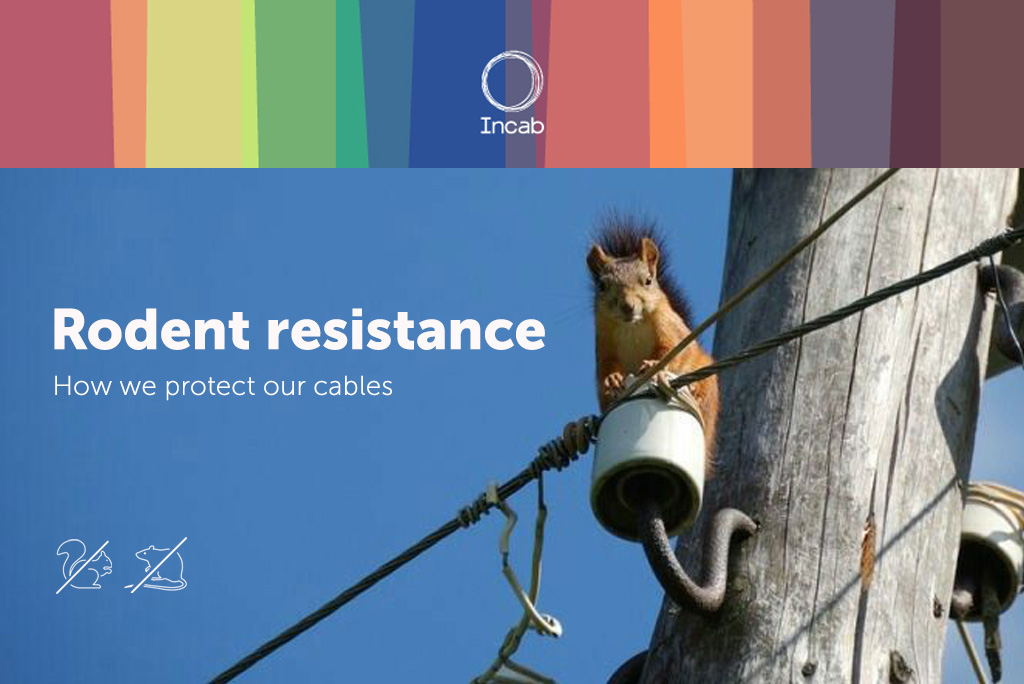InSky OPGW
Used by electric utilities on transmission lines with the voltage of 35 kV and higher for creating optical communication lines and protecting the power lines from lightning strikes.
InAir ADSS
Applied for aerial installation on distribution and power transmission lines for building long distance optical communication systems.
Specialty Cable
Used for distributed fiber optic sensing in different applications.
InFire Rated
Used for indoor and outdoor applications where fire resistance is a must. Remain functional under direct flame for at least 180 minutes.
InDuct
Applied in ducts, conduits and trays with no risk of rodent attacks. Can also be lashed.
InArmor
Designed for high reliability in harsh environments with potential mechanical impact. Applied in all ground types, swamps, and harsh rivers.
BlownIn
Designed for air blowing in ducts and microducts for building reliable underground communication networks.
InWater
Designed for underwater application with increased crush and tensile loads.
InAir Figure 8
Used for cost-effective one-step aerial installation mostly in rural areas where the spans between poles are not long .
InControl
Applied in substations for control purposes.
InHome FTTH
Used to create communication lines between the common distribution box and a location inside the building (including vertical runs), between entrances or corridors in office buildings.
InDrop FTTH
Applied for aerial installation on transmission towers, lightning poles, between buildings and structures for communication networks in rural areas.
2 November 2020
If you mess with a squirrel, it might take away your internet!
Or not, if you choose to use an Incab cable!
Rodent gnawing damage is a very common problem (for ADSS, it is a close second to shotgun damage), and it can not only be extremely costly — but also very dangerous. All rodents have to wear down their incisors because their teeth continuously grow throughout their lives. If they do not, then their resulting not-so-sharp incisors will interfere with their eating and this will eventually cause certain death. In fact, an adult squirrel’s 4 incisors can grow as much as 8 inches per year! So, the critters gnaw on anything they can — and cables seem to suit them best in many cases. The chewing can result in the outright destruction of the strength element or fibers inside a cable. Plus, damage to a cable’s outer jacket can create an entry point for water. Even though there are water absorbing materials inside the cable, bad things can happen. So, it is much better to try to keep them from chewing at all in the first place, but if they do, then to limit the damage that they can cause.

Incab offers multiple rodent resistant solutions:
✅ InAir ADSS MT FRP Defender
We created this ADSS cable design specifically to solve this rodent problem. InAir ADSS MT FRP Defender has three lines of defense. First, we use an anti-rodent additive in the outer jacket to discourage chewing. Second, we use FRP rod to stop chewing if they do. Finally, we use an inner jacket to ensure that the optical is protected from water. And, even though it is “InAir”, it can also be deployed underground as an all-dielectric direct bury solution.
➡️ Learn more
✅ Also all our InArmor series cables have different types and degrees of anti-rodent armoring:
— Corrugated steel tape: a traditional solution for this problem.
— Galvanized steel wires: a “heavy duty” solution.
— Fiberglass yarns: a light to medium duty solution that is all-dielectric, so it’s safe to use in the presence of electromagnetic fields.
— Fiberglass rods: a “heavy duty” all-dielectric solution.
In addition, we can also “double armor” and “double jacket” to increase rodent resistance and protect the optical core.
➡️ Learn more
Sounds interesting? Want more information? Drop us an inquiry and let us know how we can be of service to you!